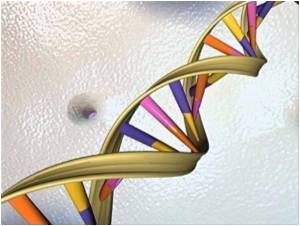A new study says that the genetic cause of mirror movements-where affected people are unable to move one side of the body without moving the other-has been identified

The gene mutation behind mirror movements is called DCC (Deleted in Colorectal Carcinoma).
The feat offers new understanding on how mirror movements happen and improve scientific knowledge concerning how the brain functions.
"We found that all people affected with mirror movements in one large family have the same DCC mutation," said senior author Guy Rouleau, a Universite de Montreal professor.
"Our study suggests that individuals with mirror movements have a reduction in the DCC gene product, which normally tells the brain cell processes to cross from one side of the brain to the other. Simply put, DCC mutations have an impact on how the brain communicates with limbs," he added.
Discovery of the DCC mutation is significant, said Rouleau.
Advertisement
"This work is of broad interest because, despite the large number of studies on DCC in models such as fruit flies, worms and mice, this is the first study which indicates a role for DCC in the formation of brain cell connections in humans," says Dr. Frederic Charron, study co-author.
Advertisement
Another sample group included an Iranian family affected by the same condition.
The genes of both families were compared to those of 538 people unaffected by mirror movements.
"Results of general and neurological examinations, as well as magnetic resonance imaging of the brain, were otherwise normal in people affected with mirror movements. Except that people affected by mirror movements had a DCC mutation, whereas people unaffected by the condition did not," explained first author Dr. Myriam Srour.
Among study participants with mirror movements, the condition appeared during infancy or childhood and remained unchanged over time.
Approximately half of participants with mirror movements could at least partially suppress their condition and function normally.
The study has been published in the latest edition of Science.
Source-ANI
RAS







